17. June 2016 | Developers | Noizefield
Talk-Zone #34 Interview Ivo Ivanov from Glitchmachines
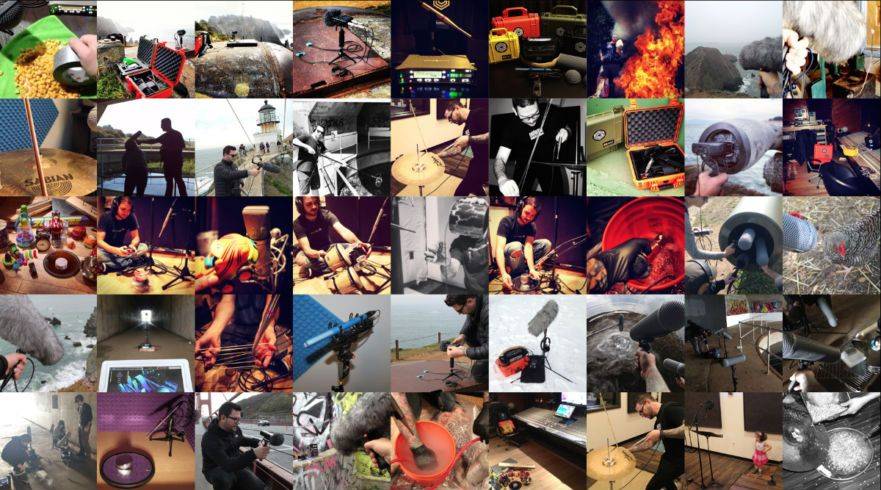
Hello Ivo, welcome to the Noizefield.com Talk Zone and thank you for taking the time for this interview. A lot of people know you as a very talented sound designer and the founder of Glitchmachines but you’ve been in the music business for a very long time. How did you come to music and sound design? Can you tell us a little bit about you musical background and how your career started?
Hi and thanks for having me! I have indeed been doing this for a very long time and my involvement with music and audio in general has taken a lot of interesting turns. I’ve been a musician since I was a young child, starting on the piano, and that’s where it all began. It was actually in the late 1980’s that I became interested in synthesis, after simultaneously being exposed to electro music, video game music and synthesizers by my cousins and some older kids of our family friends’. My real career as a sound designer probably started around 2010 when I began working with Twisted Tools. However, I was already studying sound design, synthesis and audio engineering on a serious level for almost two decades prior to this, including earning a Bachelor of Applied Science degree in Audio Engineering with an emphasis on sound design. Musically, I don’t know if I ever really had a “career” in the traditional sense, although there were many highlights including playing keyboards with a major-label band, doing session work in San Francisco, and generally being very involved in various Bay Area music scenes in California.
You started quite a while ago to create your own circuit bending instruments. How did you come to that and please explain a little bit about your amazing creations.
My interest in circuit bending began while I was living in Seattle, where I found a shop that had a few bent Speak & Spells, which I was fascinated with. These machines felt somehow organic to me, and I was deeply interested in “figuring out” how they worked. Keep in mind that this was well before the Eurorack modular craze, so there weren’t as many things like this that made weird sounds – at least not in an affordable price range. I basically did tons of research and eventually stumbled upon a book by circuit bending legend Reed Ghazala. This book helped me understand the process of circuit bending in a very accessible way and I was able to use it to get my bending skills off the ground. Soon thereafter, I got the idea to sell some of my creations online, and that’s how the brand Glitchmachines was born. Once Glitchmachines took off, I fine-tuned the aesthetic of my bent instruments in such a way that they would not only sound and play well, but also look very interesting. I achieved this by developing a style in which I hand-painted the machines, which was a process that also took some time to perfect. My instruments eventually became sought after by lots of great artists and at one point I even sold small batches at Analogue Haven in LA and Robotspeak in SF.
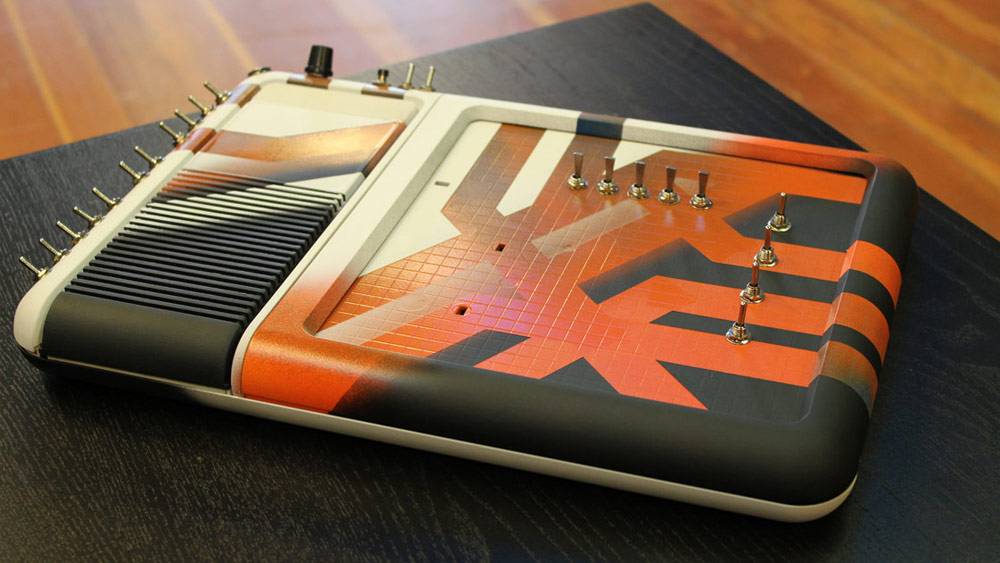
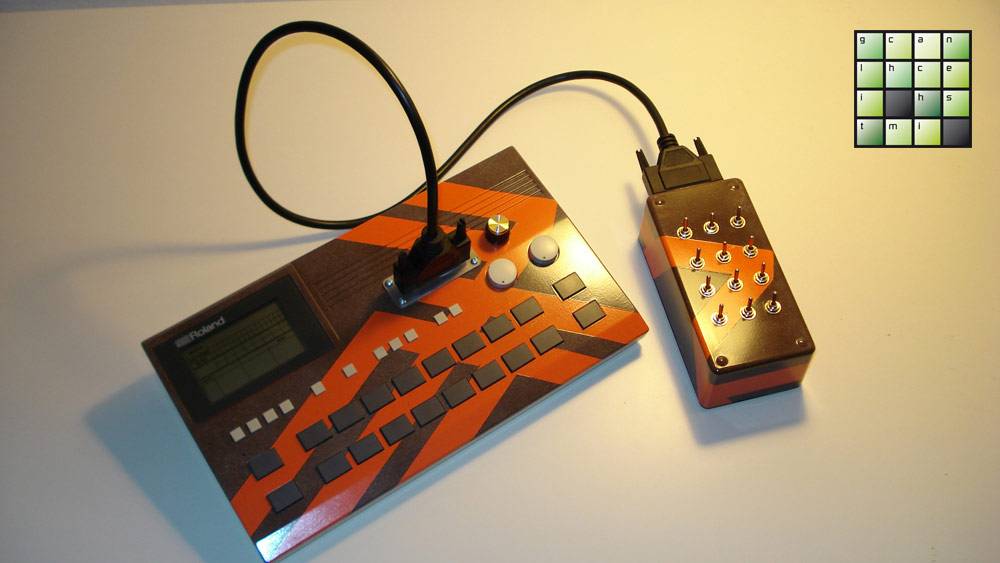
About Ivo Ivanov

Before he became an experienced instructor and educator, Ivo earned his Bachelor of Applied Science degree in Audio Engineering from the Expression College for Digital Arts in Emeryville, California. He subsequently spent five years working with the SAE Institute of Technology in San Francisco, where he wore many hats including Campus Director, Director of Education and Head of the Audio Technology and Electronic Music Production programs. Ivo also worked as the Advanced Synthesis & Sound Design Instructor with Pyramind in San Francisco and as a Consultant and guest Sound Design Instructor with Slam Academy in Minneapolis.
Ivo’s vivid and forward-thinking sound design has been featured in numerous games, software plugins and sound effects libraries. His software plugins, sound effects and hand-made circuit-bent instruments are used by some of the most noteworthy game companies, post production facilities, recording studios and artists across the globe.
More information about Ivo: Ivanovsound
Where the sound design and circuit bend experiments the beginning of Glitchmachines or what was your intention to start with Glitchmachines?
I never really sat down and said “I’m going to start a company”. It was more natural in the way it all came together. My interest in bending definitely spawned from my interest in synthesis, lofi chip sounds and weird sounds in general. From there, it was just a logical progression and one thing kind of lead to another. In 2010, I stopped building instrument in order to focus more on sound design and other endeavors. It was at this point that I slowly transitioned the brand Glitchmachines into what it is today.
What technology inspires you?
It’s fair to say that technology in general inspires me. I’m definitely a geek in that way and particularly when it comes to audio. Historically, I’ve always spent tons of time researching things and through this activity I’ve managed to stay relatively close to the forefront of what’s happening with technology in general. As for audio, in recent years I was very deeply into Eurorack modular.
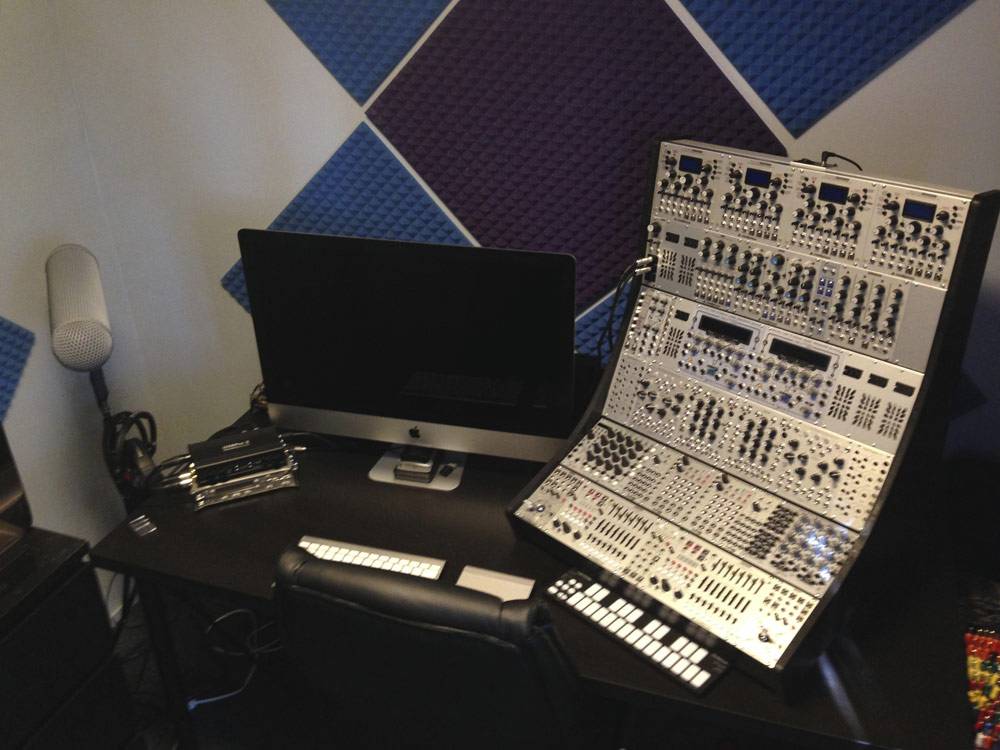
Starting in 2007, I got into Euro very passionately and stuck with it all the way up to around mid-2015. Back when I started with Eurorack, there were only maybe a dozen manufacturers and things were quite different. It’s crazy to see how much it has grown since then. The reason why I eventually sold off my system was mainly because I was getting tired of the cycle of selling and buying modules. I also didn’t care for the fact that every manufacturer put their own aesthetic spin in their modules, ultimately making the overall system feel somehow visually disjointed like a quilt of sorts. Not only this, but musically speaking, I always found it awkward to integrate the modular into my music production workflow in a useful way, because of the way that I write. It felt more like an obstacle than a necessary tool. Of course, there were many years of exploration, learning and wonderful sounds, for which I’m grateful. In the end, however, I made room for other things that are more in tune with my everyday needs. These days, I have a lot of pro audio gear and high end microphones and that type of stuff. It’s what I’m thinking about these days, more so than synths and drum machines. Of course I still stay on top of what’s happening in that field and I would be lying to say that it doesn’t interest me.
What artists inspire you? Do you have some musical heroes?
Currently, I’m listening to a lot of Rob Clouth. His music is so detailed and well engineered, yet organic, rich and fluid at the same time. I find myself constantly gravitating toward his work. I’m also listening to all albums by Anup Sastry, who is a phenomenal drummer that writes all of his albums by himself in a very creative and unconventional way. Recently I purchased Brute Force by the Algorithm, which is a really well done album that I listen to pretty frequently. Autechre’s new EPs are also in rotation, as they are my favorite electronic artists of all time. I’m really into Phace and Misanthrop – these guys are making some very good tracks that I like a lot. I’m also into a lot of other genres like chiptunes, synthwave and tons of other stuff that I listen to less frequently. One common thread is that most of the music I really enjoy is instrumental. Over the years, I’ve had too many musical heroes to even mention them all here.
Glitchmachines is working together with a lot of international famous and award-winning artists and sound designers like Richard Devine, John Black or Rod Abernethy. Is there a chance also for newcomers to work together with your company?
I’ve been very fortunate to connect with such an amazing list of colleagues. That said, my goal for GM is to maintain a certain standard and that’s why I’m usually not very interested in bringing newcomers on board. I have tried it to an extent, and what I’ve found is that while there is certainly a lot of talent out there, less experienced artists/designers almost always have a lot of trouble with reliability, consistency and communication. I suppose these are all attributes that can be learned but it’s too difficult for me to spend time chasing after people when I already have a group of professional colleagues to work with whom will not fail to answer an urgent email for ten days and that type of thing. In the end, it comes down to the individual. If I feel that someone really deserves a chance, I’m usually interested in pursuing things further. The key is that I don’t like to be talked into this. It really has to come from me and feel genuine. I guess you could say that I know what I am looking for and when I see it, I will gladly make it known.
How long do you work (on average) on a new software prototype and how much time do you invest to create a new plug-in in total?
The short answer to that question is: a lot less than most developers. Within about 2.5 years, we managed to release 8 plugins, which is quite a bit. Part of this is because of the way that the plugins are conceived. I hire my friend Thomas from Inear Display to do all of the coding and we collaborate on the ideas in a very fluid way that can often lead to a very accelerated workflow, but it certainly depends on the project. For Polygon, I had a very clear idea what the sampler should be so I essentially handed him a breakdown of most of the sections and features and we collaborated on the details from there. The total timeframe from zero to launch for Polygon was probably less than 6 months. For some of the other plugins, we came up with some ideas after brainstorming and then they evolved once we were able to prototype the ideas and hear the results. In other cases still, Thomas would sometimes have a very elaborate idea himself, and I would jump in to help develop things from there. All in all, the process can take as long as 6-8 months and as short as 1-2 months.
Is there something you like most by creating new plug-ins and what is the most “pain” for you?
My favorite part is the UI design. I think that stems from being very interested in graphic design as well as synthesizers. For me, an interface has to be playable in a certain way in order for me to connect with a plugin and I spend a lot of time dwelling on every minor detail. That isn’t to say that the GM interfaces are perfect and not going to evolve, but everything you see including the flat look is all very deliberate. I also really enjoy getting new builds during the development process – that moment when things click and you hear the potential of the plugin for the first time. There are numerous aspects of the process that are definitely a pain. One in particular is the beta testing process because you’re handing the software to a variety of people at different skill levels, and it’s often very difficult to predict to what extent they will accurately assess potential issues and/or follow the testing protocol. It often turns into a feature request bonanza, while lots of bugs squeak by unnoticed by the testers, only to later be found by us. Last but certainly not least, it’s a pain when a particular function doesn’t behave the way you want, and you have to compromise or simply not include it in the final build in order to maintain stability or CPU load. It’s a particular annoyance when that function happens to yield very cool sonic results.
What is the best selling product from Glitchmachines and what is your favorite product?
The best selling product is actually a free one – which isn’t a surprise to anyone, I’m sure. Fracture has been downloaded over 80,000 times from our website alone and by our standard that’s a massive hit. We’re actually working on Fracture 2 right now, which I will talk about a little more in a bit. As far as paid plugins go, the most popular is Polygon. I’m quite happy about that because when I designed it, I wanted to make a sampler that was totally built with sound design in mind, has tons of modulation, is really easy to use and ultimately sounds impressive right out of the box, so to speak. As for my personal taste, I really like all of our plugins and sample packs for different reasons, but my favorite one is definitely also Polygon. Followed closely, that is, by my sample pack Idiom which represents several years worth of studio and field recording sessions that comprise a very memorable time in my life.
Which kind of equipment do you use for creating your sounds for your sample collections?
Until recently all of the packs were made with a Sound Devices 702 recorder, Schoeps CMIT 5U shotgun, Earthworks QTC-40, Neumann U87, Tascam DR100 MKII, Sound Devices USBPre2, Genelec Monitors, Reaktor, Ableton Live, Pro Tools, Eurorack Modular and numerous other hardware synths, software plugins and so on. I recently overhauled my studio so the new stuff will be made with some new hardware and software, including a Sound Devices 633, Lynx Hilo, Genelec 8040 monitors, Sennheizer MKH8060 shotgun mic, Sennheizer MKH8040 microphone stereo pair and my Mac running Reaper, Live and all sorts of software plugins. Software wise, aside from the GM plugs, I use plugins from Valhalla DSP, Sonic Charge, 2C Audio, Madrona Labs, SoundMorph, Twisted Tools, K-Devices, Inear Display and many others.
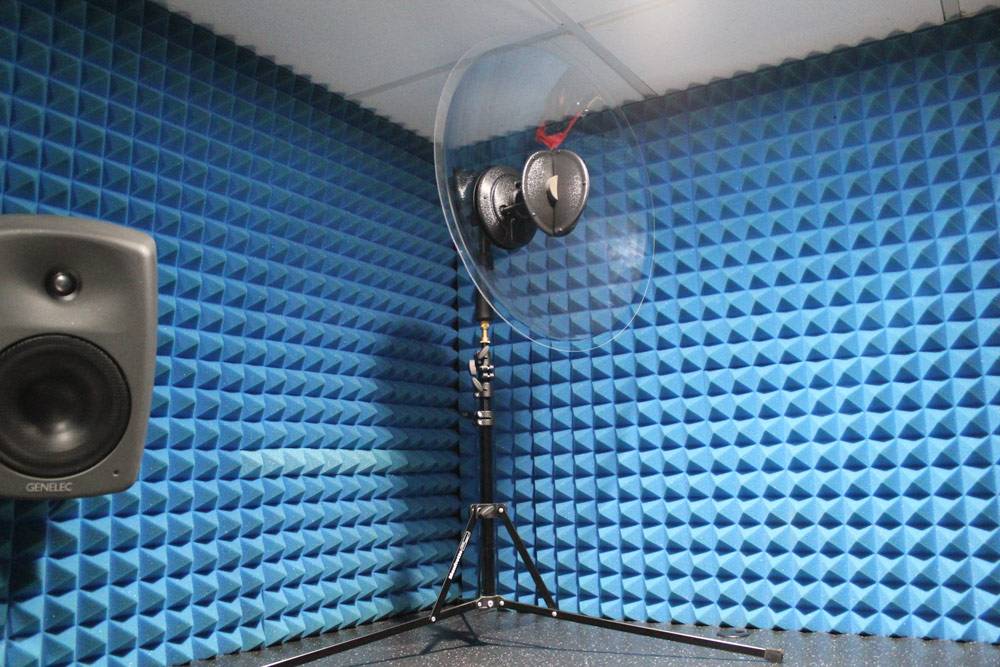
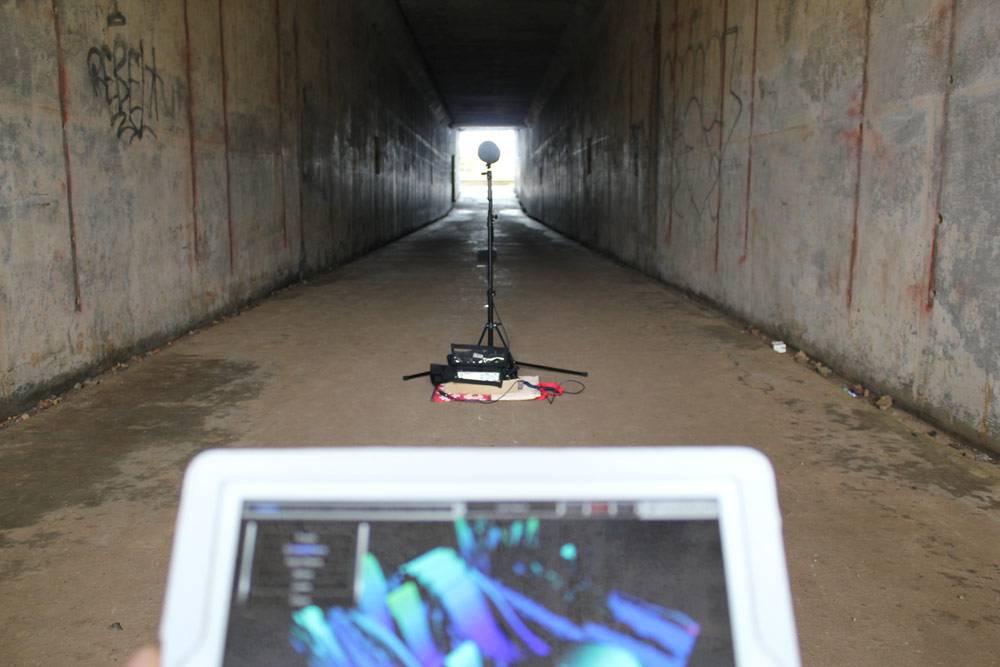
What is your favorite gear/synth, and what is the most hated, crappy stuff?
My Genelecs are probably my favorite piece of gear because I have learned their sound very intimately and I know that I can always rely on them. Traditionally, I’ve always obsessed about more “fun” pieces of gear like synths and that type of stuff, but those things always seem to come and go while accurate monitoring is going to remain a constant need. As I mentioned earlier, I’ve recently become more interested in maintaining a studio with really high quality gear rather than one full of “fun” stuff. The thing is that most people that ask me how to improve their studio are almost always working with low-end audio interfaces and reference monitors, while they may have tens of thousands worth of synths and that kind of thing. I think it’s important to never neglect the quality of the core of your studio at the expense of instant gratification. As far as crappy stuff goes, well I hate to publicly shame anyone so I’ll refrain from answering that one in detail. I will say that it frustrates me when something is poorly made in the interest of being available at a lower price. Over the years I’ve embraced the fact that you pay for quality and stability and so I don’t ever try to cut corners, knowing I’ll end up paying for that anyway in the end.
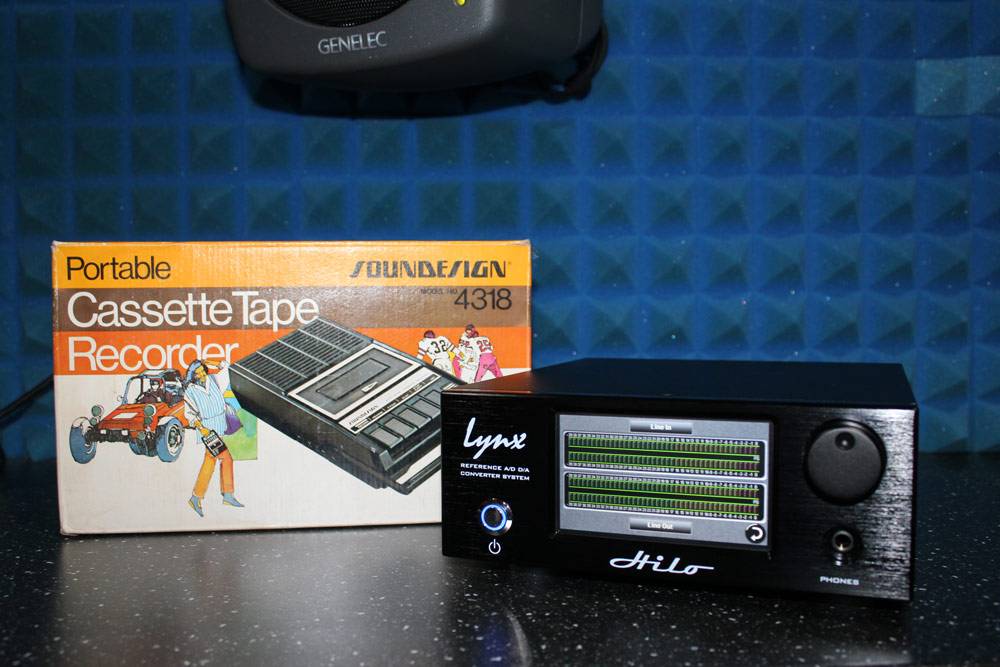
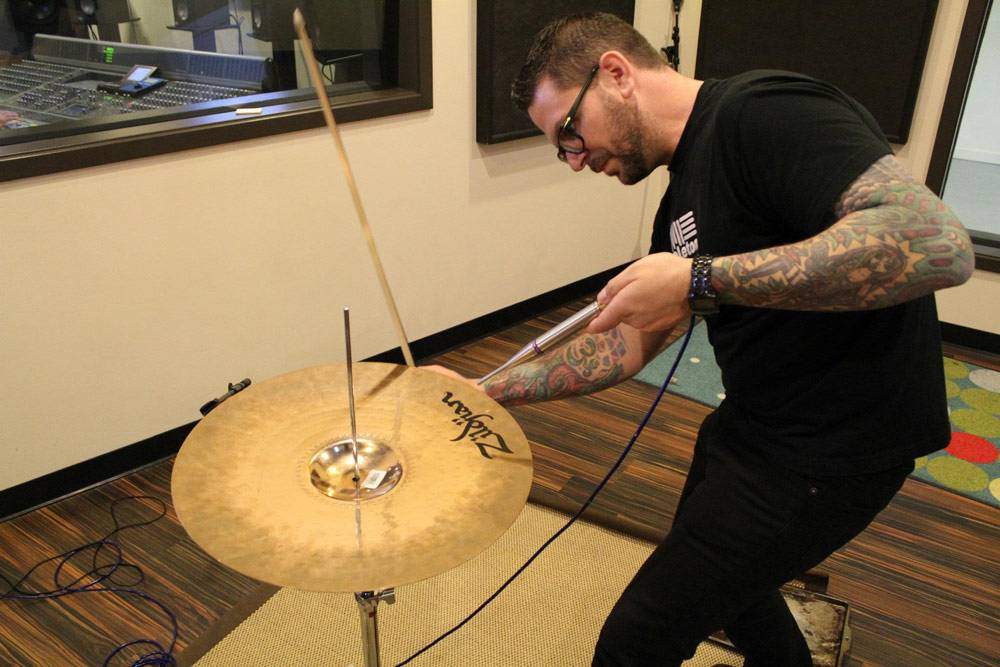
Cataract is an amazing and very inspiring and interesting tool with it’s complex sequencers and morphing functions. Can you please explain a little about it and how you came to the idea to create Cataract? Will there be a second version/upgrade of this amazing tool?
I have to give credit to Thomas because the core of Cataract was his idea. Of course I had a lot to do with bits and pieces of it, but Thomas basically had the overall concept already well thought out before he suggested it. The nice thing about Glitchmachines as a brand is that our customers and fans have come to expect this kind of product from us. In that way, we have the freedom to take a lot of chances that other developers won’t take. By traditional standards, Cataract is far too complex for the average user to fully grasp. Just take a look at my full walkthrough video on our YouTube channel for proof that the plugin can get very heady. However, we set out to make a hardcore plugin without compromises based in fear of alienating potential users. In retrospect, I’m happy to see that Cataract has been so successful, despite its complexity. It’s a testament to the fact that people are ready for something new. Our plans to update Cataract are on hold while Thomas has been busy with Inear Display in recent months. However, we are definitely speaking about developing it further. We just don’t have a timeline in place for this yet.
Which other interesting plug-ins or other new products can we expect in the future from you?
We have been working on a Quadrant update for some time and I’m happy to announce that it’s in the final testing phase so it’s coming up very soon. This one will introduce a lot of valuable new features and modules. We’re also working on a very inexpensive follow-up to the wildly popular Fracture. No release date is set just yet but you can expect Fracture 2 sometime in the coming couple of months and priced at only $10 USD! Aside from this, we have an overall UI revision planned for all the plugins, again with no exact timeframe set in stone. With Thomas being more busy with Inear Display these days, I’m focusing on sample packs again in a big way so you can expect at least 4 new packs to launch within the remainder of 2016 alone, and a lot more than that in 2017.
Do you also plan an App for iOS or Android?
At this time we lack the necessary resources to facilitate the release of a mobile app but it’s absolutely something I’ve been considering very seriously. I maintain that, once the hardware matures even more, we will probably pursue this in a much more serious way.
an you give us a little production tip or do you have a secret function in one of your plug-ins?
I don’t know if it’s the kind of tip you’re looking for, but one really cool thing you can do is to use our plugins in a chain. No need to get super elaborate with it if you don’t want to: simply instantiate a few plugins on the same track, feed them some signal and see what happens. Don’t forget to drag them around to change the order, as this will dramatically influence the results. Also be sure to properly manipulate the WET/DRY values in each plugin, in order to achieve the desired balance between the fx. Finally, you can bounce the results to your hard drive and edit the recordings down into all types of interesting one-shot sound effects. Make a folder for yourself where such edits will be stored, and you’ll eventually have your own little custom library of sound effects that you can use when it comes time to work on your tracks. It’s such a simple thing to do and most people will already know this technique, but I am always pointing it out in case it’s something new to try. As for secret functions, we never really integrated something like this for lack of time, but always wanted to.
Something you always wanted to say, to all the Noizefield readers.
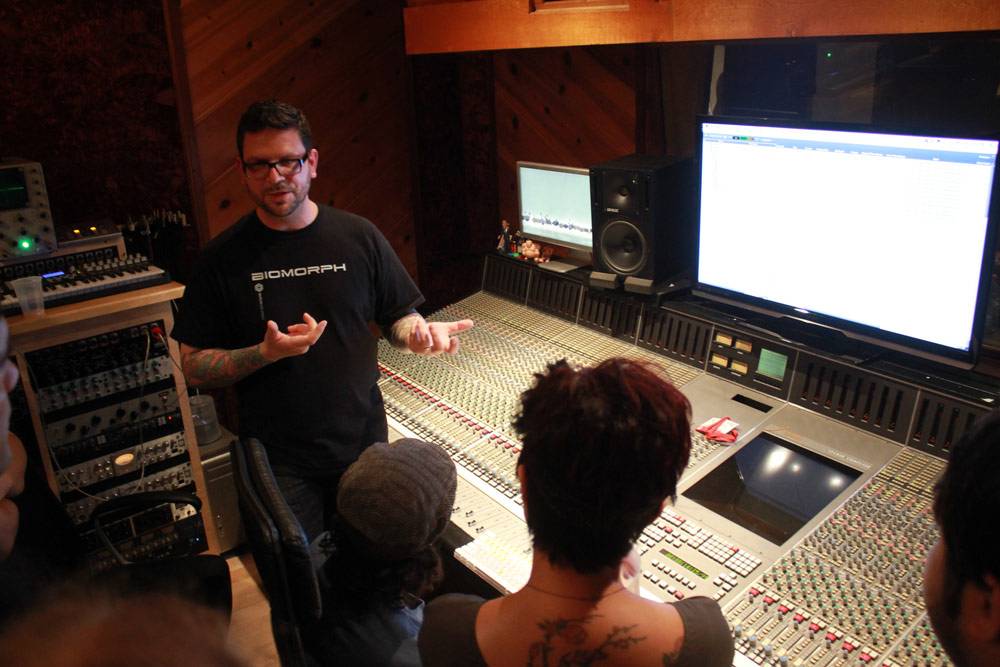
First, thanks for your interest and taking the time to read this interview! Second, don’t underestimate the power of kindness and professionalism. It doesn’t matter how talented you are if you can’t be punctual, humble, precise and friendly. Lastly, don’t just endlessly take – be generous, thoughtful and see how you can help others. It will open doors for you.
Thanks also to the great team at Noizefield for asking me to do this interview. It has been a pleasure :)
Ivo, thank you so much for this interview.
Ivo on Twitter: https://twitter.com/IvanovSound
Ivo on Linked In: https://www.linkedin.com/in/ivanovsound
Ivo on Soundcloud: https://soundcloud.com/ivanovsound
Ivo on Facebook: https://www.facebook.com/Ivanov.Sound.Design
Glitchmachines & Noizefield
Future Soundz | The Community Sound Design Competition!
As part of the interview with Ivo Ivanov from Glitchmachines we’d like to arrange a sound design contest and are asking all sound designers, musicians, producers and artists to create a futuristic sound. Ivo was very generous and gives away several amazing products from Glitchmachines as prizes. Check out the contest page here: Future Soundz – The Community Sound Design Competition.
HIT OR SHIT Indicator
Average Indication by Readers
What do you think?
Hit or Shit? Please rate from 1 (💩) to 10 (🚀)
Leave a Reply
You must be logged in to post a comment.
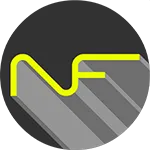


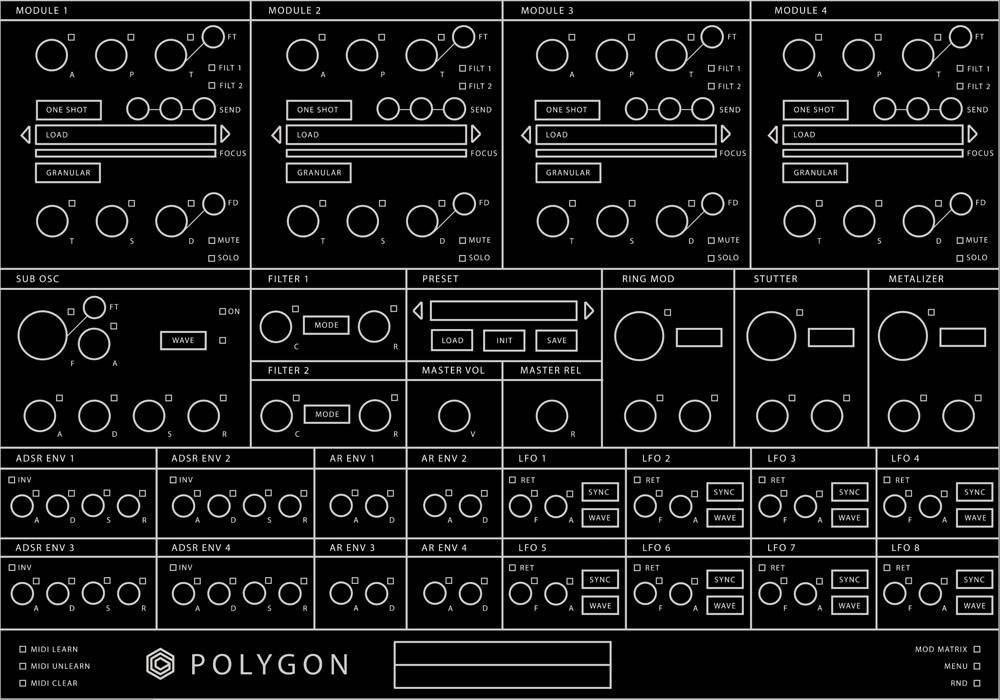
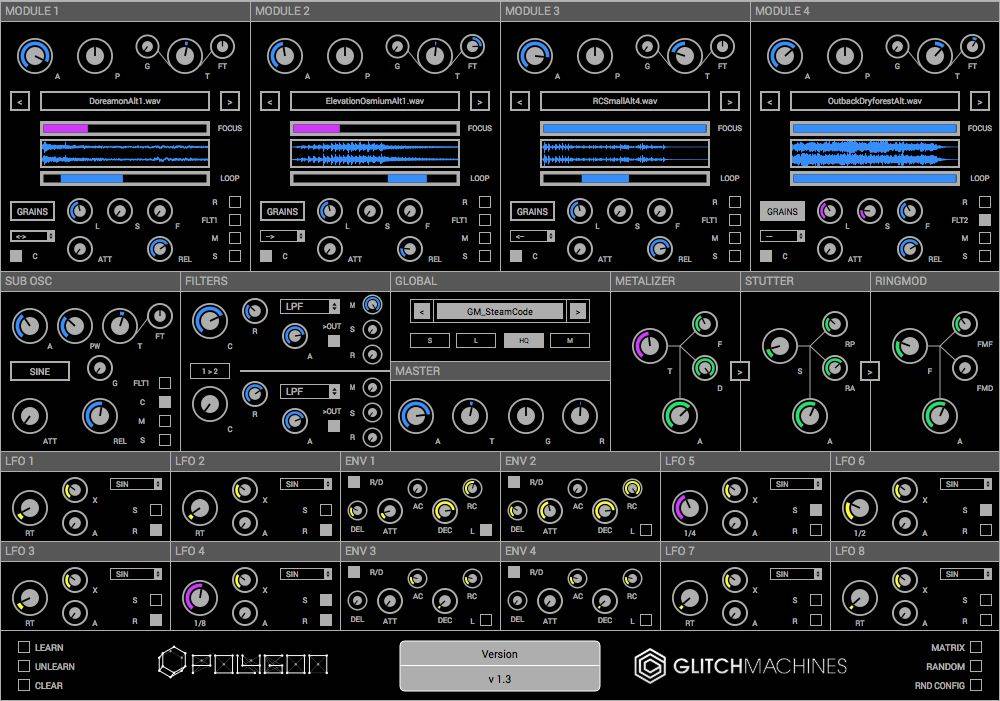
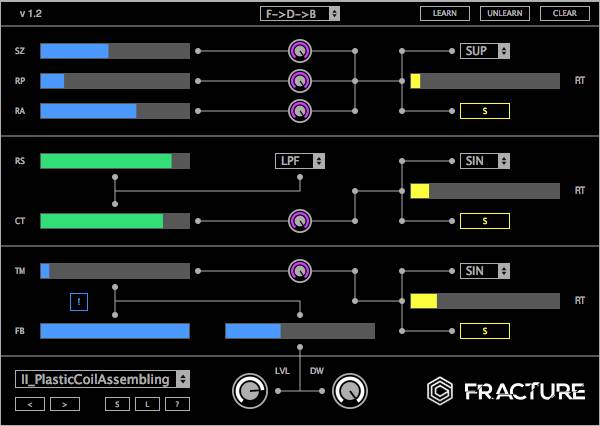
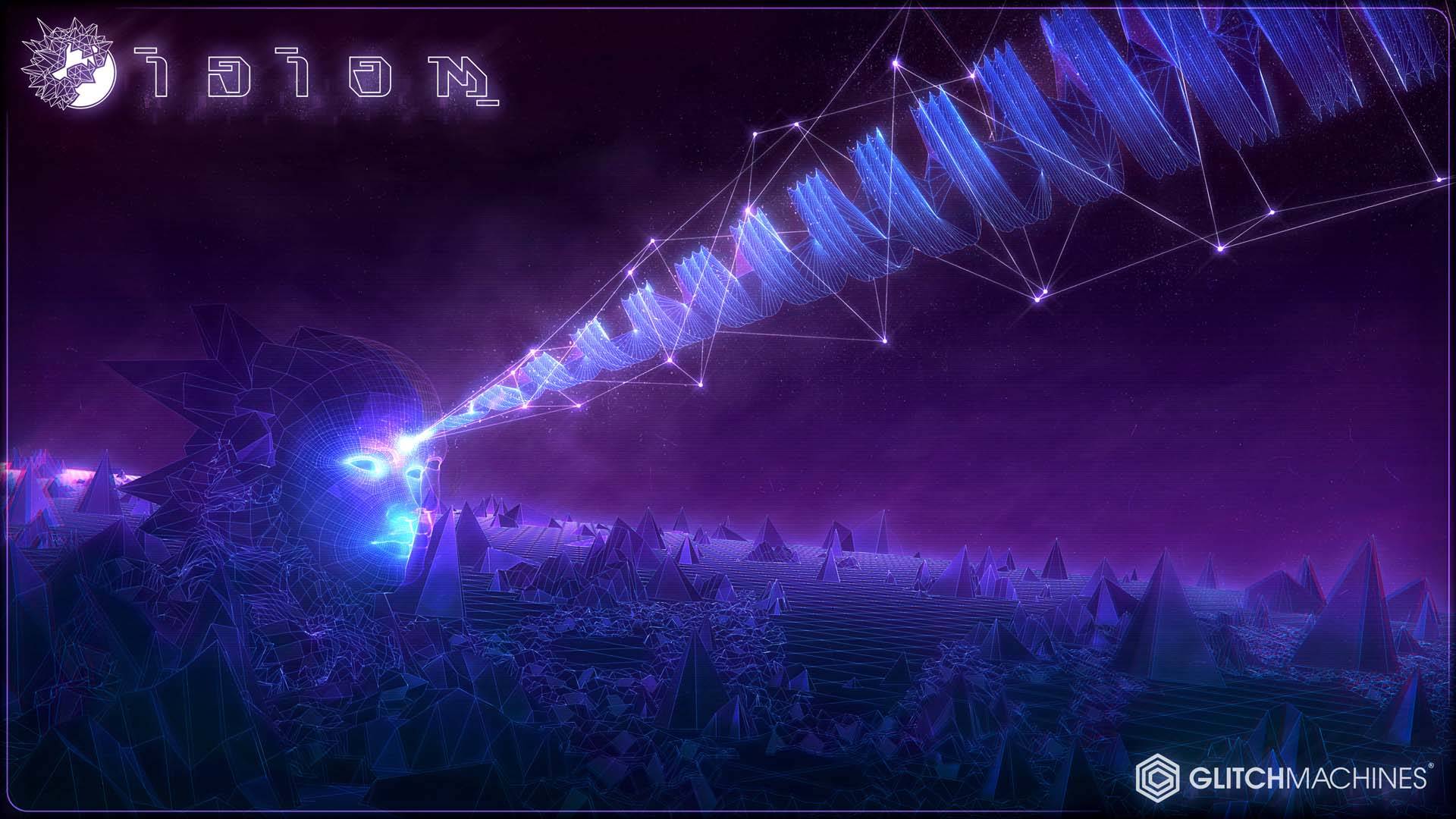
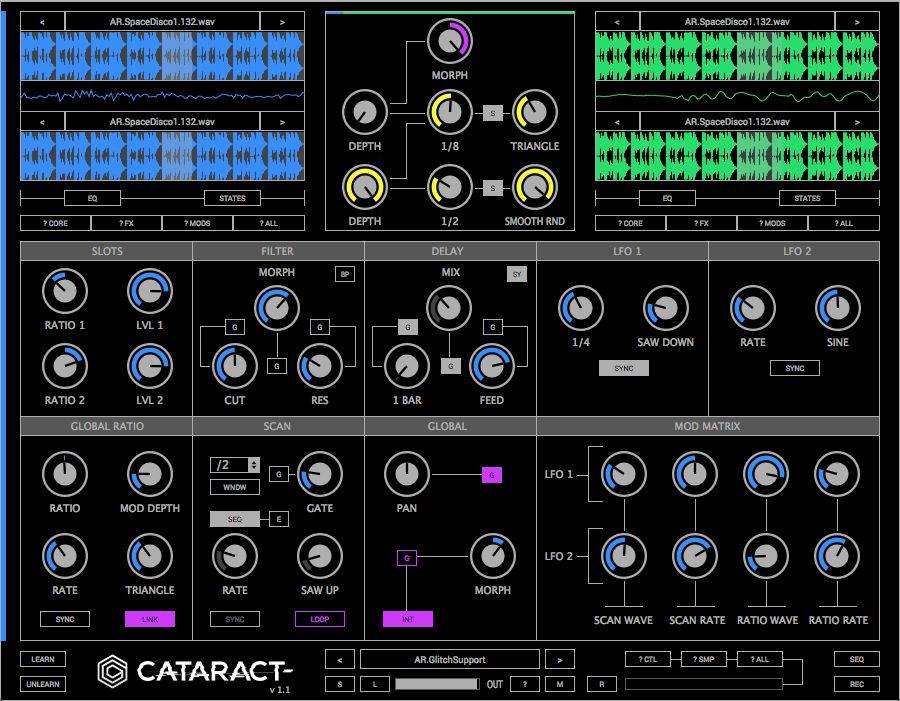
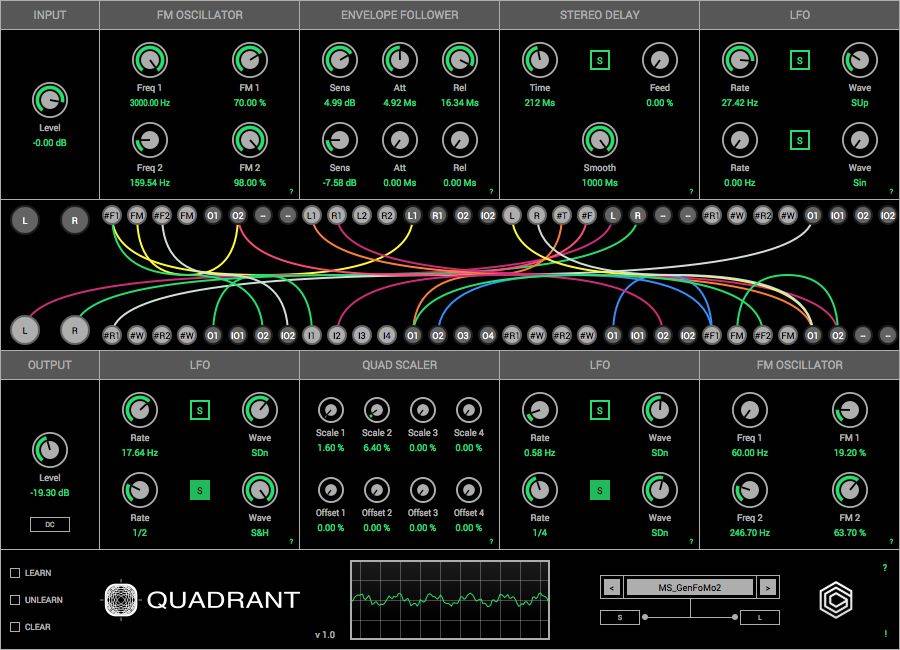
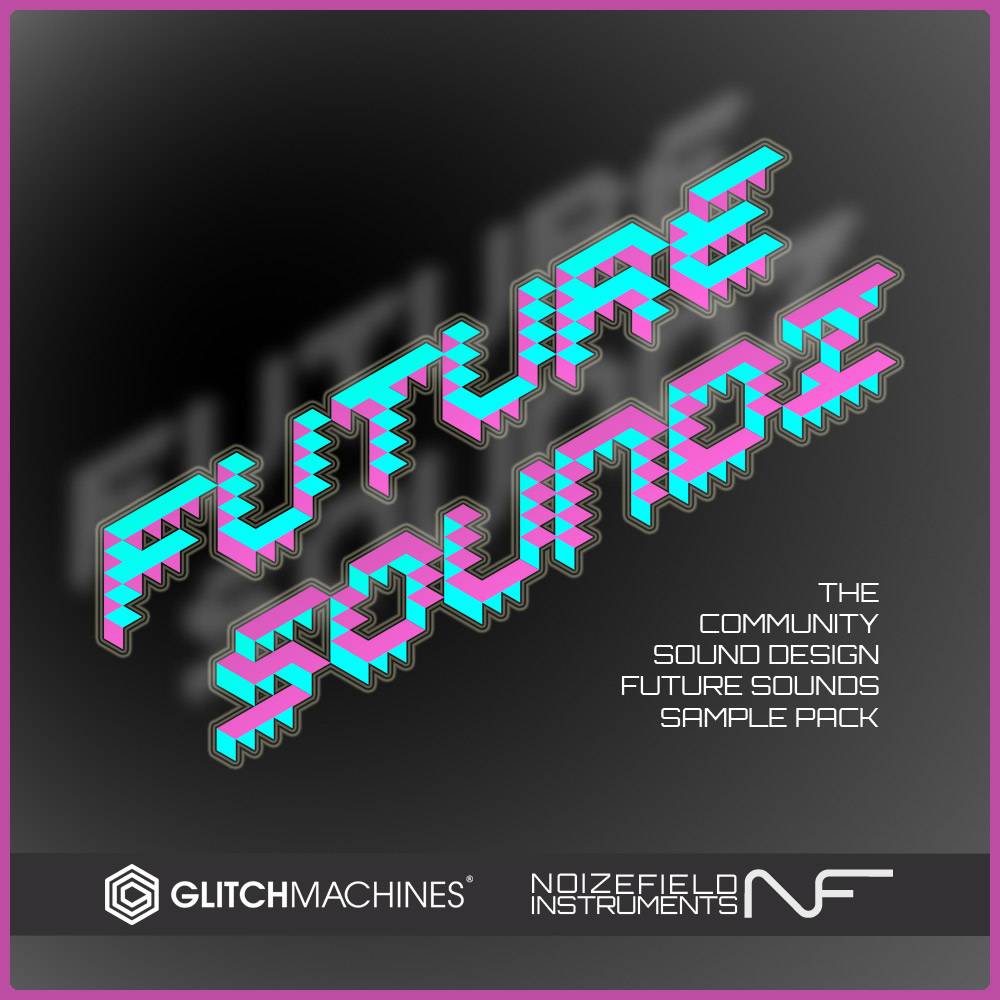



Pingback: Sound Design Competition - Future Soundz
Pingback: Future Soundz sound design contest at Noizefield